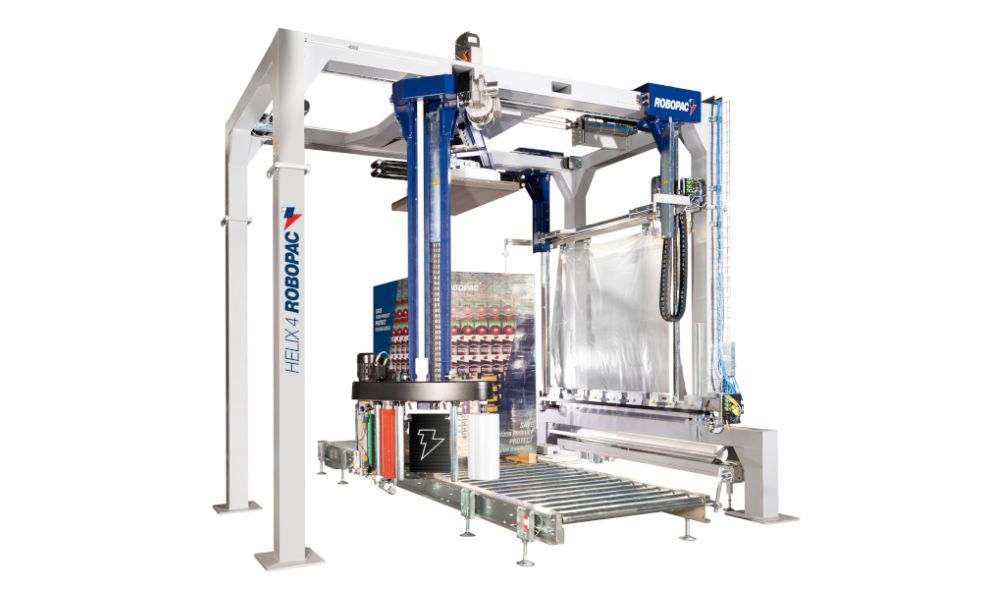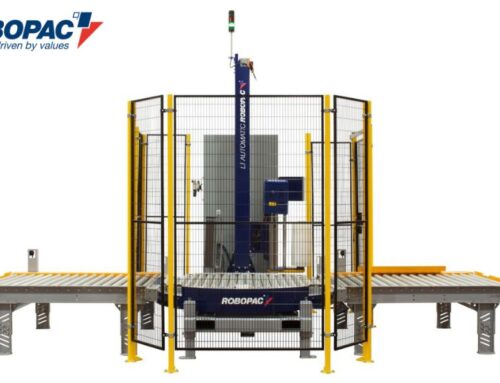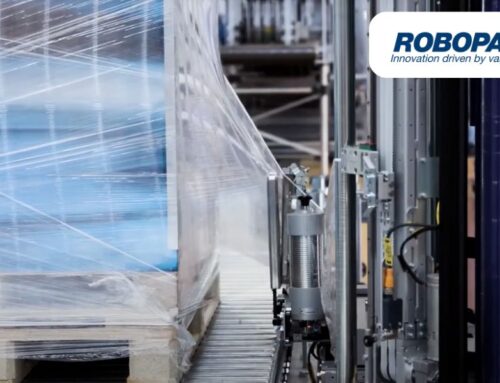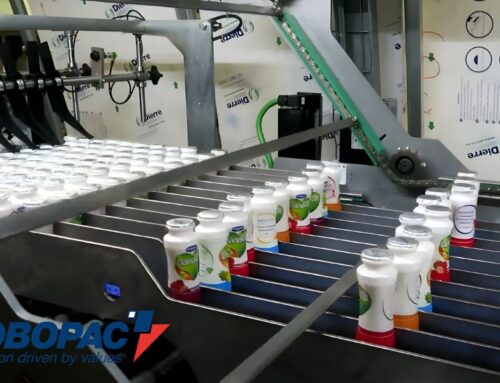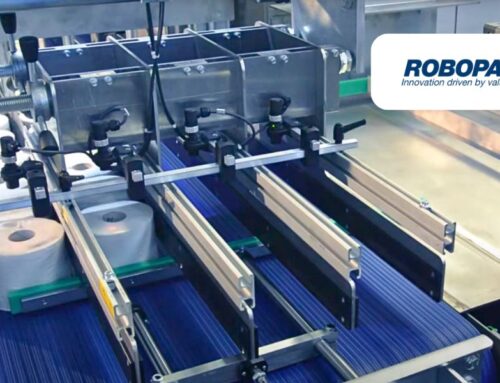Securing pallet loads efficiently directly affects your bottom line, yet many warehouses debate between manual stretch wrapping and industrial stretch wrap machines. While manual wrapping appears cost-effective, an analysis of labor, material consumption, and operational efficiency reveals expenses that accumulate over time. In this comparison below, we’ll take a closer look at the cost of manual wrapping vs. industrial stretch wrap machines.
The Hidden Financial Impact of Manual Wrapping
Manual stretch wrapping requires many direct and indirect costs that can burden warehouses and distributors. Labor inefficiency, film waste, and safety risks can all become a drain on the resources of companies.
Labor Inefficiency Drains Resources
Manual wrapping requires 5-10 minutes per pallet, whereas machine wrapping takes 1-2 minutes. Workers spend considerable time walking around pallets, stretching film, and verifying proper coverage. This labor-intensive process diverts valuable employee hours from higher-value tasks like inventory management, quality control, and customer service activities.
Film Waste Escalates Material Costs
Achieving consistent film tension manually proves nearly impossible, leading workers to compensate with excess material. Hand-applied stretch film lacks uniform tension, creating weak spots that require additional wrapping passes. Due to this, manual wrapping consumes up to 50 percent more film than calibrated machines, significantly increasing material expenses over time.
Safety Risks Create Additional Expenses
Repetitive bending, twisting, and circular walking patterns expose workers to musculoskeletal injuries. These motions strain backs, shoulders, and knees, potentially resulting in workers’ compensation claims, medical expenses, and productivity losses.
Industrial Stretch Wrap Machines Deliver Measurable Returns
Now that we’ve looked at the cost of manual wrapping, we can compare it against industrial stretch wrap machines. These systems provide consistent, reliable performance that transforms warehouse operations.
Dramatic Labor Savings
When comparing to manual methods, automatic stretch wrap machines reduce wrapping time by 70-80 percent. Semi-automatic machines require minimal operator involvement, while fully automatic systems operate independently. This efficiency allows warehouses to reallocate labor resources to revenue-generating activities while maintaining consistent packaging quality.
Pre-Stretch Technology Minimizes Film Consumption
Industrial machines utilize pre-stretch technology that extends film up to 250 percent before application. This process maintains proper load containment while using 30-50 percent less material than manual wrapping. The controlled tension guarantees optimal film performance without waste, directly reducing packaging costs.
Consistent Load Stability
Machines apply uniform tension across every pallet, eliminating human variables that create inconsistent wrap quality. This consistency reduces product damage during transit, decreases customer complaints, and minimizes costly returns. Stable loads protect inventory investments and maintain customer satisfaction levels.
Real-World Cost Analysis
Consider a facility wrapping 50 pallets daily using manual methods. Workers spend approximately 350 minutes (nearly 6 hours) completing this task, consuming excessive film due to inconsistent application.
Machine wrapping reduces this same workload to 100 minutes daily while using less film. The combined savings in labor and materials typically recover the machine investment within 18 months, creating ongoing cost advantages thereafter.
Transform Your Packaging Operations With Robopac USA
Manual pallet wrapping creates hidden costs that compound daily through excessive labor, material waste, and potential product damage. Industrial stretch wrap machines eliminate these inefficiencies while improving safety, consistency, and scalability.
As stretch wrap machine manufacturers, Robopac USA can help you evaluate your wrapping costs and find a machine that optimizes your packaging operations and profitability. Learn more about our equipment online or contact our staff today.

